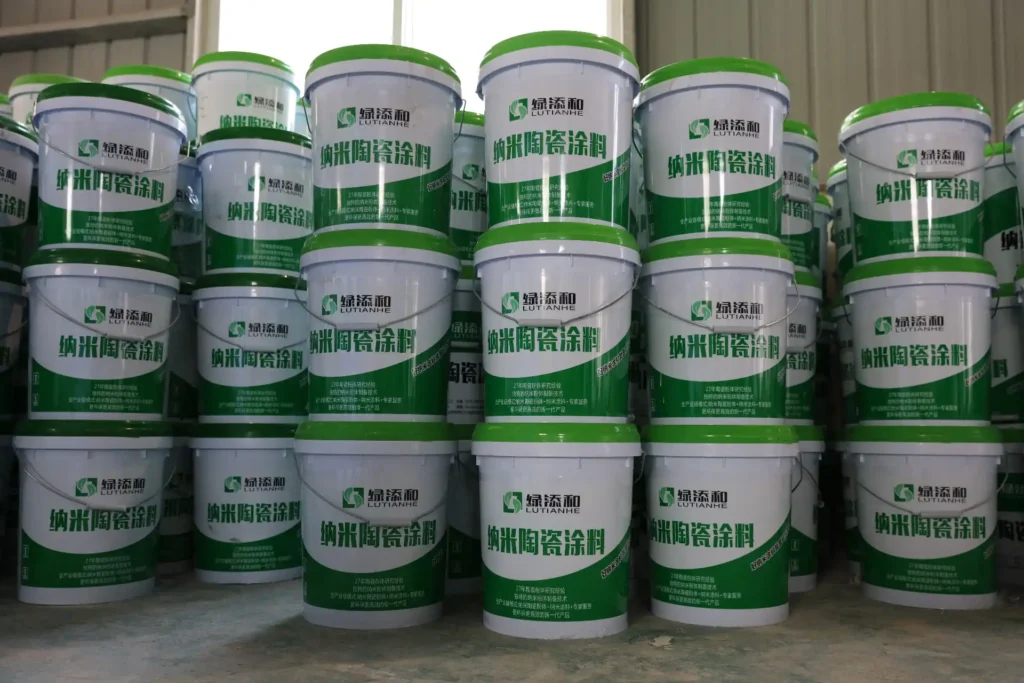According to Messi Biology, the applications of magnesium oxide (MgO) in coating materials cover the entire chain of “function-structure-safety.” With the triple advantages of “high heat resistance, low dielectric loss, and functionalization,” magnesium oxide coatings are completing the transition from “filler” to “core functional layer” in the fields of new energy, power electronics, national defense and military industries, and biomedical applications.

Lithium Battery Separator Ceramic Coating
Nano-magnesium oxide (D50≈0.8μm) is used as the main phase of inorganic coatings, which makes the thermal shrinkage rate of PE separators <5% at 150°C, and the puncture pass rate is increased by 40%; at the same time, it neutralizes the electrolyte HF, and the cycle life exceeds 3000 times.
Silicon Steel Insulation Coating
Function: MgO slurry is coated on oriented silicon steel before annealing. At high temperatures, it reacts with surface SiO₂ to form a magnesium silicate insulation layer, which reduces eddy current loss and improves magnetism; it also prevents steel coils from sticking together.
Specifications: Lightweight 98 content magnesium oxide is usually used, accounting for about 25% of the solid content of the coating. The impurities of Cl⁻ and Fe³⁺ need to be ≤0.02%.
Flame Retardant-Thermal Insulation Coating
Mechanism: Magnesium oxide remains inert above 340°C and has a high thermal conductivity (≈50Wm⁻¹K⁻¹), which can form a thermal barrier on the surface of steel structures or cables, and the fire resistance limit is increased to 2h.
Application: It has been used in the inner wall coating of new energy bus battery compartments and has passed the GB/T31467-2023 thermal runaway test.
Stealth/Electromagnetic Shielding Coating
Radar stealth: Nano-MgO/CNT composite coating has a reflection loss ≤ –30dB in the 2–18GHz frequency band, and a surface density <0.6kgm⁻², and has been mass-produced for UAV skins.
Infrared compatibility: MgO/VO₂ multilayer film can achieve a dynamic adjustable emissivity of 0.2–0.8 in the 3–5µm and 8–14µm dual atmospheric windows, and the infrared characteristics of the tank are reduced by 80%.
Biomedical Antibacterial Coating
Antibacterial mechanism: The magnesium oxide nano-coating deposited by electrophoresis can continuously release Mg²⁺ and produce reactive oxygen species (ROS), and the antibacterial rate against Gram-negative/positive bacteria is >99%; it also promotes osteoblast adhesion.
Clinical progress: It has been used for surface modification of degradable PLA bone nails. Animal experiments have shown that the bone integration rate has increased by 35% within 6 weeks.
